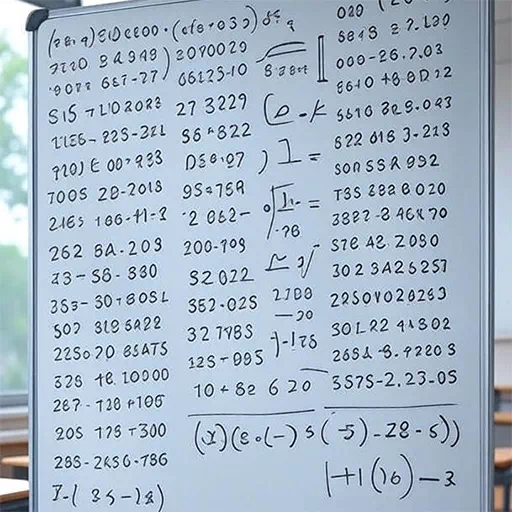
Have you ever wondered what actually happens when you type a number like 1,234,567,890 into an online converter and it instantly spits out “One Billion, Two Hundred And Thirty-Four Million, Five Hundred And Sixty-Seven Thousand, Eight Hundred And Ninety”? It’s not magic, but it’s pretty smart!
Behind every accurate number-to-text conversion is a set of clever algorithms working tirelessly. Think of an algorithm as a highly detailed recipe or a step-by-step instruction manual for a computer. For our number converter, this “recipe” breaks down complex numbers and translates them into perfect, grammatically correct words.
Breaking Down the Big Picture (and Little Pieces)
The first challenge for a converter is understanding the structure of a number. A human eye instantly sees the millions, thousands, and hundreds, but a computer needs to be taught.
- Chunking Large Numbers: The algorithm starts by breaking down a large number into smaller, manageable groups. For example, when you input 123,456,789, the system first identifies ‘123’ million, then ‘456’ thousand, and finally ‘789’ for the remainder. This chunking allows it to process numbers of any size, from simple hundreds to massive quadrillions.
- Understanding Place Value: This is where it gets really smart. The algorithm knows that the ‘2’ in ‘200’ means “two hundred,” but the ‘2’ in ’20’ means “twenty.” It processes each three-digit segment (like ‘456’) by recognizing the hundreds, tens, and units places within that chunk.
The Rules of Language: More Complex Than You Think!
Numbers in words aren’t just about place value; they involve specific linguistic rules that algorithms must follow:
- Handling Unique Small Numbers: The numbers from zero to nineteen are often unique and don’t follow regular patterns (e.g., “eleven,” “twelve,” “thirteen,” “fifteen”). The algorithm has specific instructions for these.
- Building Tens and Units: For numbers like ’21’ to ’99’, the system knows to combine the “tens” word (“twenty,” “thirty”) with the “units” word (“one,” “two”), adding the crucial hyphen (e.g., “twenty-three,” “forty-seven”).
- The Role of “And”: A key feature of our converter, reflecting a common convention, is the strategic use of “And.” Our algorithms know to insert “And” between the hundreds and any subsequent tens or units. For example, 123 becomes “one hundred And twenty-three,” and 567 becomes “five hundred And sixty-seven.” This specific placement ensures clarity and adheres to a widely recognized formal style.
- Connecting the Chunks: Once each three-digit segment is converted (e.g., “one hundred And twenty-three,” “four hundred And fifty-six”), the algorithm then expertly connects them with their appropriate magnitude words like “million,” “thousand,” and “billion” in the correct order.
- Decimals Made Easy: For numbers with decimal points (like 3.14), the algorithm simply reads the whole number part, then adds “point,” and finally reads each digit individually after the decimal. This provides clear, unambiguous communication for precise figures.
Why Trusting an Algorithm Pays Off
Trying to remember all these rules, especially under pressure, can lead to costly mistakes. This is precisely where the technology behind your number converter shines:
- Flawless Accuracy: Algorithms don’t get tired or confused. They apply the rules consistently, guaranteeing correct spelling and grammar every time.
- Unwavering Consistency: Every conversion follows the exact same format, including the specific use of “And,” ensuring uniformity across all your documents—a must for formal paperwork.
- Instant Speed: Complex conversions that would take minutes to figure out manually are done in milliseconds.
The next time you use our Number to Text Conversion tool, you’ll know that there’s a sophisticated system at work, designed to take the guesswork out of number conversion and give you perfect results, every single time. It’s the power of algorithms, simplified for you.